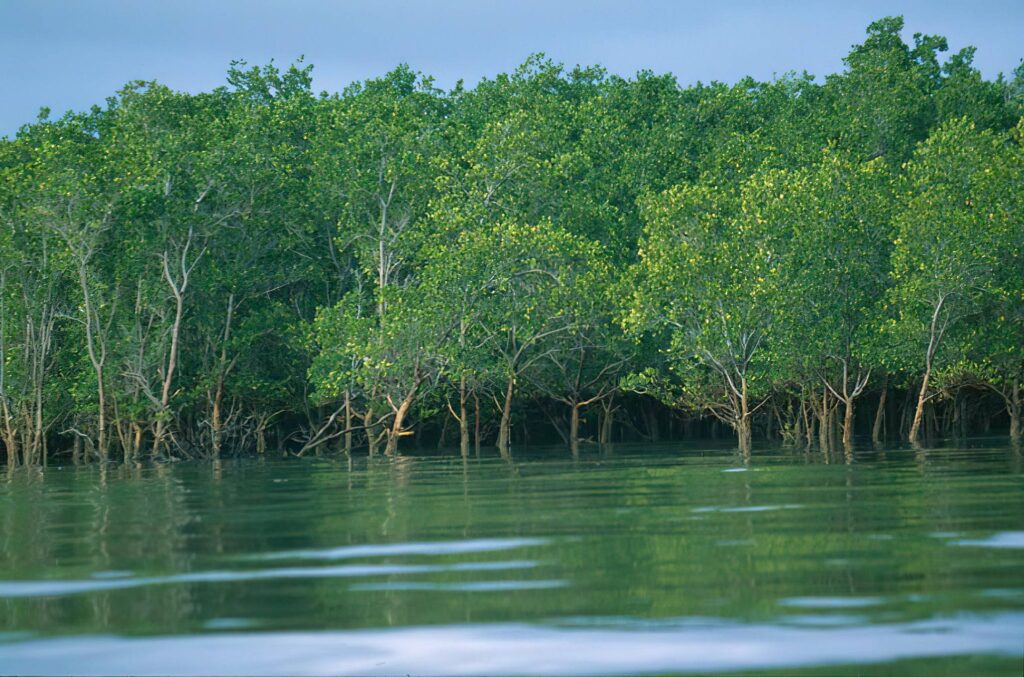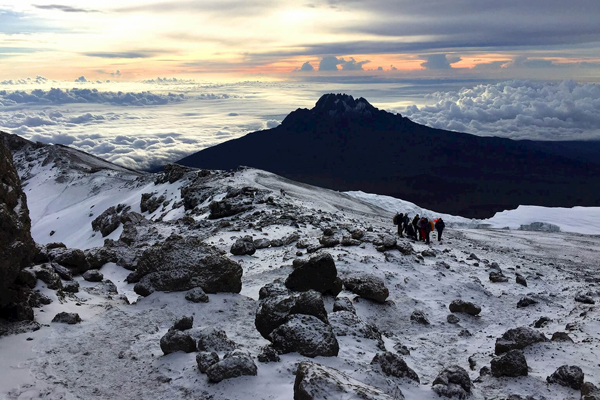
Saadani National Park, located along the Indian Ocean coast in eastern Tanzania, is unique in that it is the only park in the country where visitors can experience both a wildlife safari and beach relaxation. Spanning 1,100 square kilometers, the park is bordered by the Indian Ocean to the east, creating a coastal haven for both terrestrial and marine species. Established in 2005, Saadani is relatively new as a national park, but it has quickly gained attention for its diverse ecosystems, which include riverine forests, savannah, wetlands, and coral reefs. Its proximity to Dar es Salaam and Zanzibar makes it an easily accessible park for those looking to combine a wildlife safari with a beach getaway.
Saadani National Park’s diverse habitats provide a variety of plant life, ranging from coastal vegetation to inland forests:
Saadani is home to a wide variety of wildlife, with some species being more commonly found in coastal parks:
The Wami River is one of the key features of Saadani National Park. This river forms the boundary between the park and the surrounding communities. It is home to a large population of hippos and crocodiles, and its banks are often visited by elephants, buffaloes, and other animals in search of water. The river is also a prime location for birdwatching, with a variety of wading birds, waterfowl, and raptors frequently seen.







Explore the wonders of Africa with AWA Tours, your gateway to authentic and sustainable travel experiences. Specializing in eco-conscious safaris, cultural immersion tours, and off-the-beaten-path adventures, we bring you closer to Africa’s breathtaking wildlife, diverse cultures, and pristine landscapes. From thrilling Big Five safaris to serene beach escapes and community-focused travel, AWA Tours curates unforgettable journeys tailored to modern explorers seeking adventure, connection, and responsible tourism.
By subscribing to our newsletter, you’ll gain access to:
✔️ Exclusive Travel Deals & Discounts
✔️ Insider Travel Tips & Guides
✔️ Updates on New Tours & Destinations
✔️ Stories from Real Travelers & Stunning Photography
Whether you’re dreaming of conquering Mount Kilimanjaro, relaxing on Zanzibar’s pristine beaches, or witnessing the majestic Great Migration, AWA Tours has something special just for you.
2024 Awatours. All rights reserved.